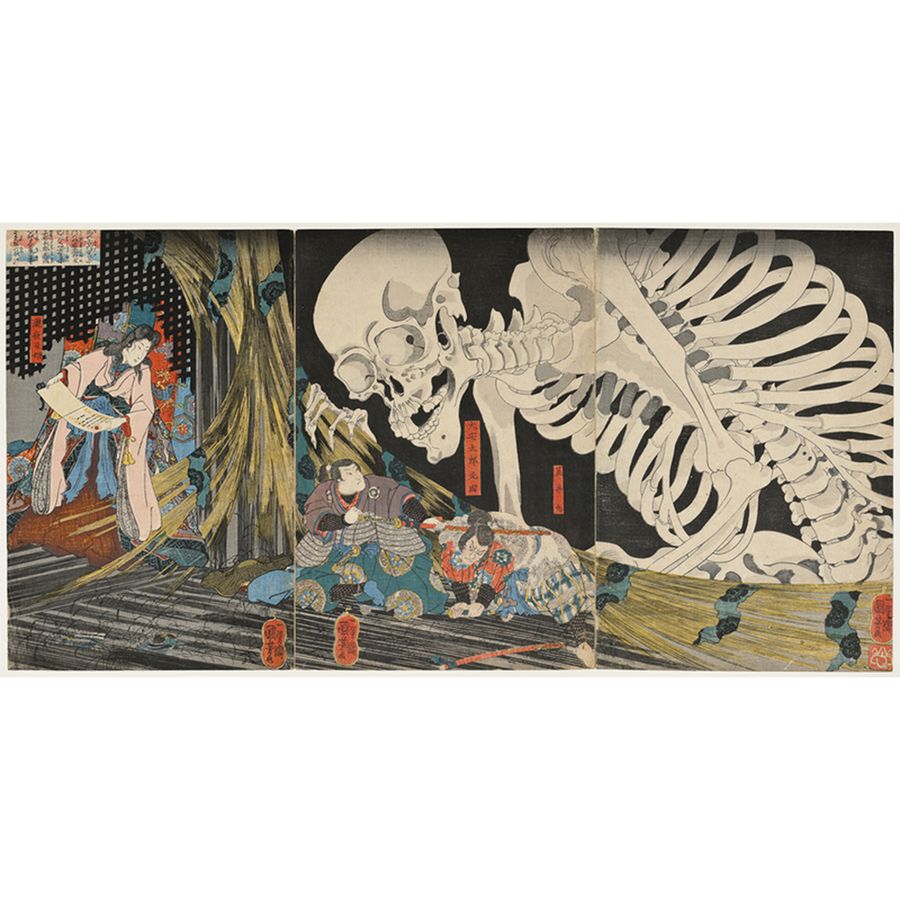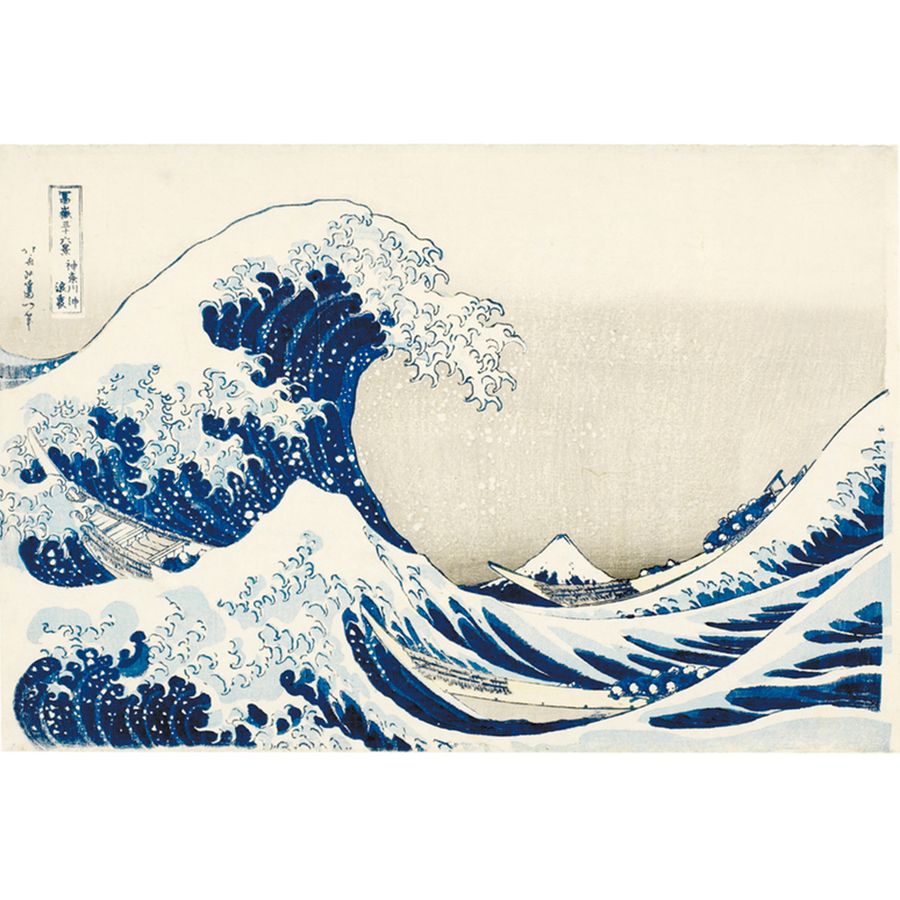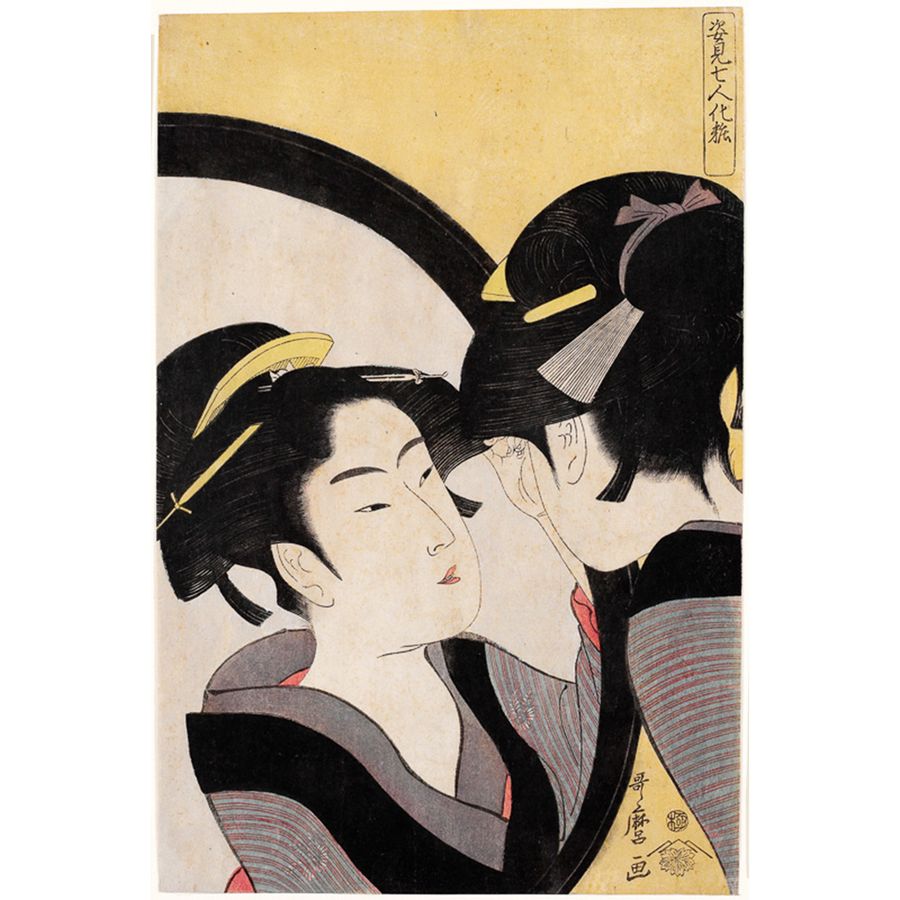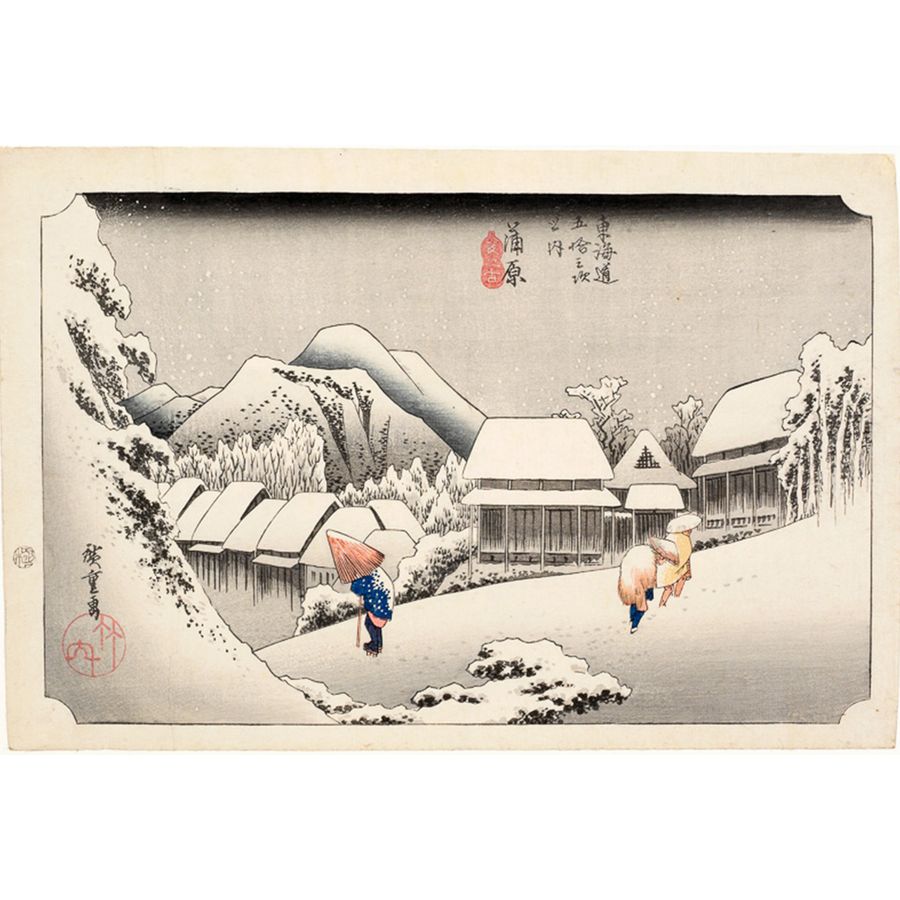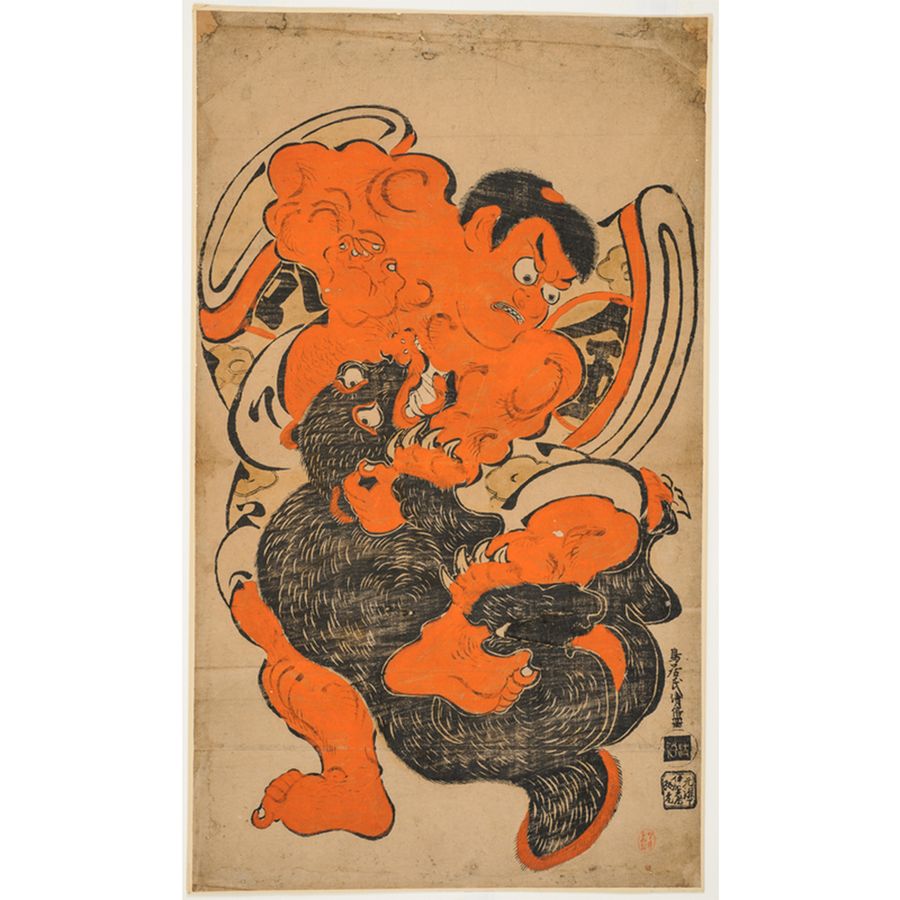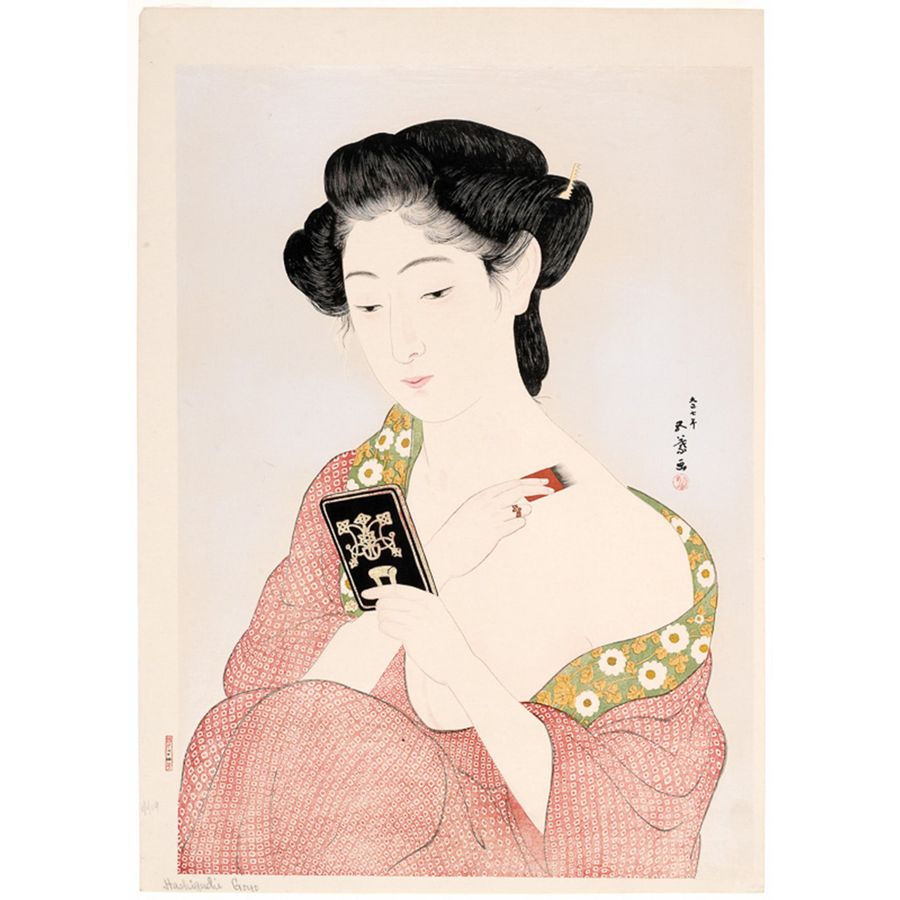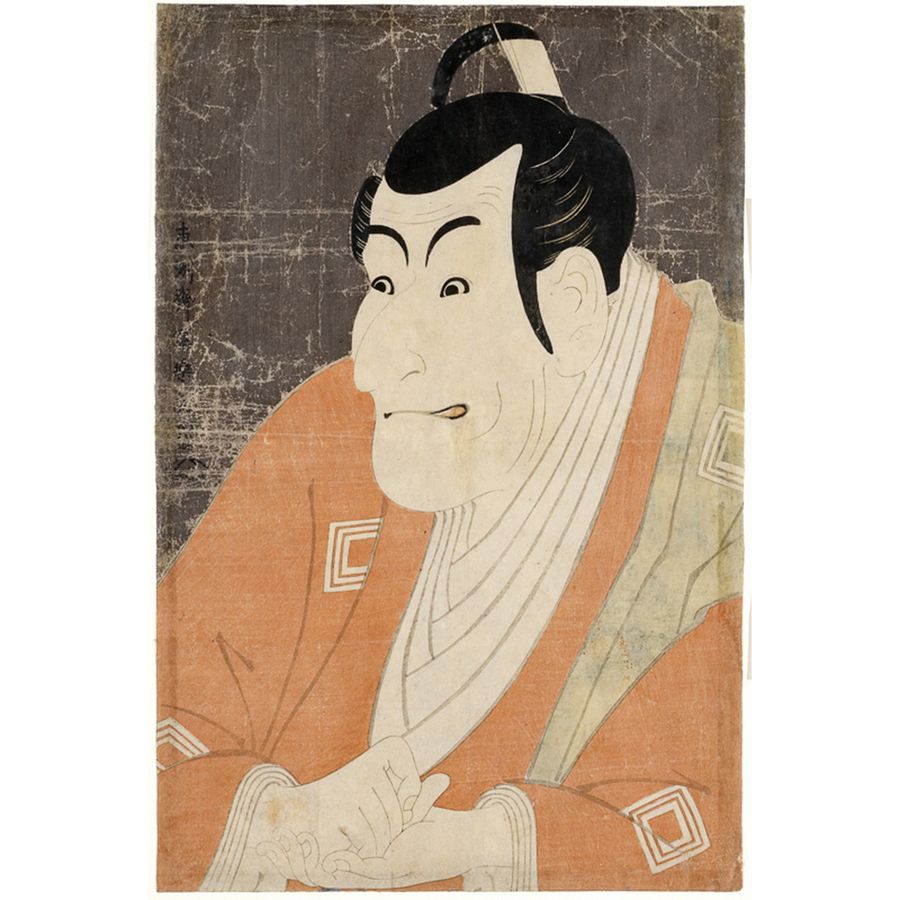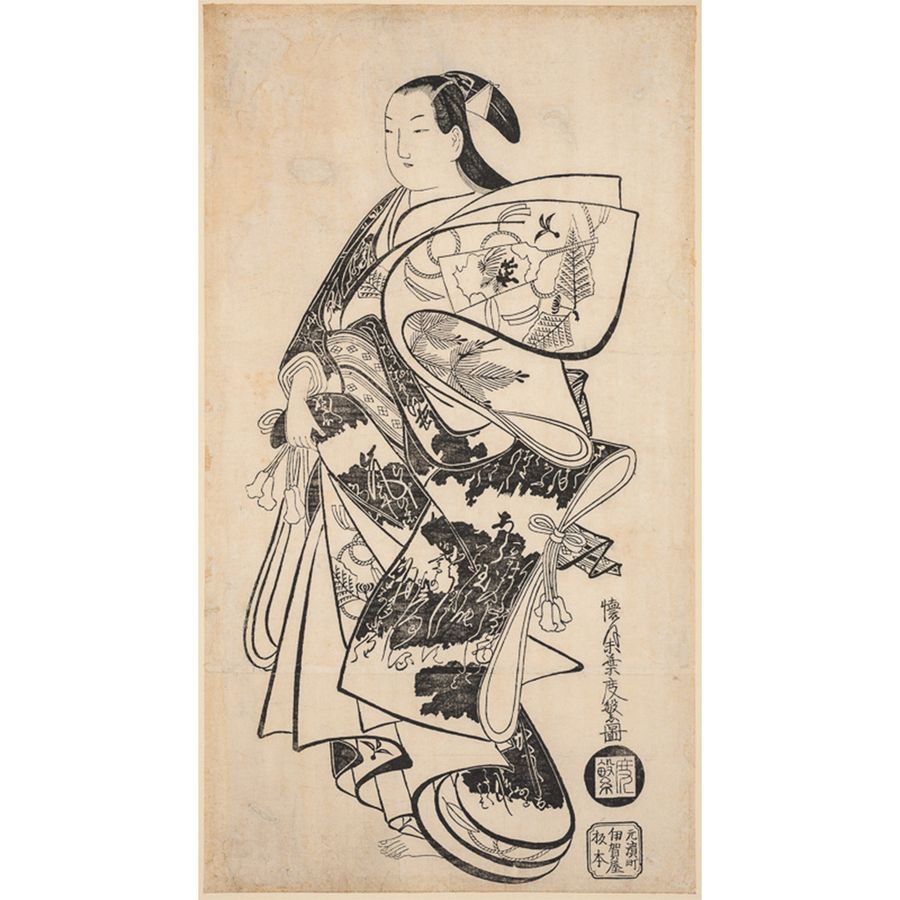Japanese Woodblock Prints
The Honolulu Museum of Art is home to the third largest collection of Japanese woodblock prints in the United States, with more than 12,400 works. It includes the prestigious James A. Michener Collection, gifted to the museum between 1950 and1991. The museum’s holdings in this area range from 15th-century Buddhist prints to contemporary works. However, its main strength lies in ukiyo-e prints and woodblock-printed books from the Edo period (1615–1868), including a deep representation of prints by Utagawa Hiroshige and Katsushika Hokusai.
Modern works include New Prints (shin hanga), which combine traditional woodblock printing techniques with Western artistic methods such as linear perspective by 19th- and 20th-century artists like Hashiguchi Goyō, Kawase Hasui, and Itō Shinsui, as well as Creative Prints (sōsaku hanga), whose makers, including Onchi Kōshirō, Saitō Kiyoshi, and Hiratsuka Un’ichi, embraced the goals and techniques of Western modern art even more enthusiastically.



